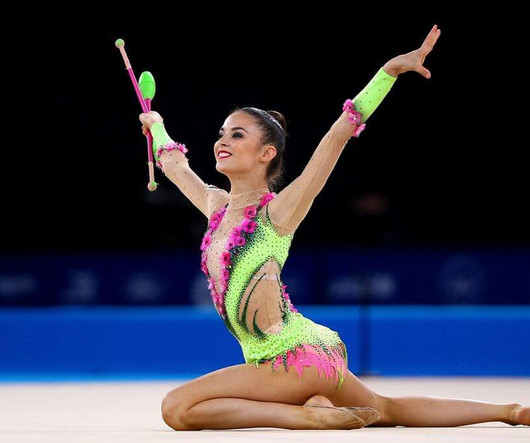5 Tips for Teaching Physical Education Without a Gym
SHAPE America
AUGUST 4, 2022
At times it was a challenge, but the experience proved to be great for my mental health, creativity, and growth as a teacher. Be positive and prepared — as well as flexible and creative! Fitness and dance videos are great. My classes dealt with snow, rain, thunder, and bitter cold windy days.

















Let's personalize your content